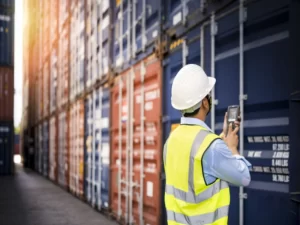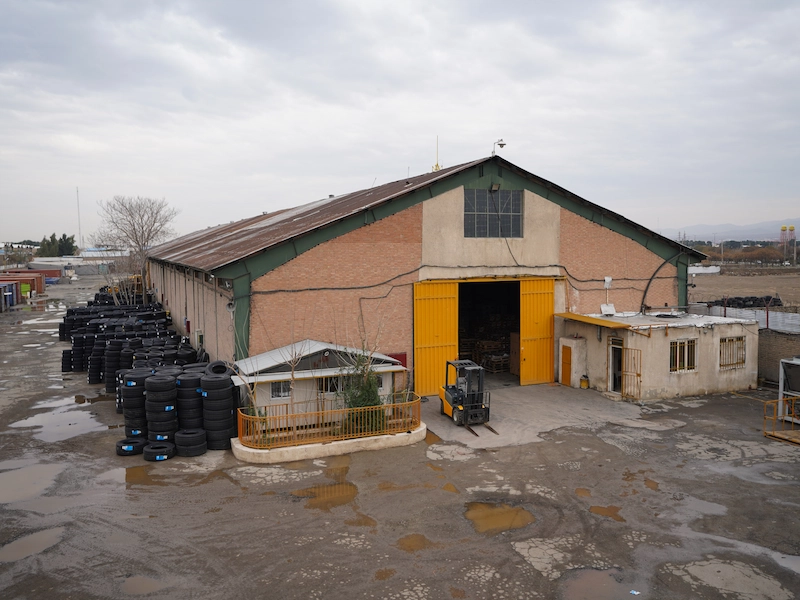Creating and maintaining an efficient warehouse can be difficult. When you have a lot of inventory on rows and shelves, successful inventory management requires some basic planning to know what materials you have where. Goods may have been sitting in one place for a long time, leading to overproduction, limited space, wastage, and reduced value. Fortunately, shelf labeling is a cost-effective and simple way to control inventory. Labeling the rack facilitates the flow of items and ensures quick and easy findability. Creating a guidance system for your warehouse is one of the most important things businesses can do to maximize efficiency.
Racks are shelving units used to store inventory in a warehouse. Depending on the nature of the facility or inventory, the shelf can be a long unit that extends from one side of the aisle to the other. Or, a shelf can be divided into smaller sections called bins or bins. Warehouses are often chosen when products have major variations in quality and size, or when there is a large number of stock-keeping units (SKUs).
A common tool for rack labeling systems are industrial barcode labels, which are integrated, scannable codes that convey item-specific information. When a worker scans a barcode, they can see important information such as the stock level of the product, where it is located in the warehouse and how long it has been there. This way, it takes a few seconds to find the aisle number and shelf number for an item. Barcodes not only prevent items from sitting idle on shelves, but also allow workers to do their work more efficiently. It will take some time to develop a comprehensive and successful rack labeling system. However, labeling options are a good start to reducing waste and making inventory easier to use.
Advantages of rack labeling
There are a number of reasons to consider a rack labeling system, including:
Improves efficiency in inventory and supply chain management. Keeping products moving is essential. As the flow improves, the bottlenecks are removed. Bottlenecks are areas where work stops during the production process. To increase warehouse productivity, rack tagging of some of these bottlenecks (such as the backlog of a worker who could not find an item) ensures that operations can be carried out seamlessly.
It becomes much easier and faster for workers to find items. Using a rack labeling system, workers can scan a barcode to immediately find the aisle and shelf numbers associated with an item. Because the time needed to find inventory is reduced, workers can find more items and get more done in a given amount of time. This also reduces the possibility of human error, as the accuracy of finding the correct location is greatly improved.
This is a cost-effective solution. When it comes to streamlining your manufacturing process and increasing the efficiency of your business, creating a rack labeling system is one of the most cost-effective options available. Tags are relatively inexpensive, yet offer a great return on investment. This increases especially if there is an internal printer with an industrial label. Rack labeling prevents wasted time and overproduction, and is a simple solution to a variety of problems that would otherwise hurt your bottom line.
Best practices for rack labeling
Although there are no universal requirements or standards for rack labeling, there are a few important rules that make it easier to implement a rack labeling system and ensure that your labels are tailored to your unique needs. If the shelves are divided into smaller sections or bins, remember to label each section, not just the entire shelving unit.
Best practices for rack labeling include:
• Determine your picking method. Labeling racks provide a good opportunity to consider how products are selected. Before applying stickers, determine which model is right for your performance.
• Standard, where corridors are labeled according to numerical and alphabetical order. Voters are moved from one place to another.
• Helix, a more strategic option in many cases, where collectors go up and down corridors. It is useful for a large number of SKUs and aggregators can work quickly. In this case, corridors are only labeled alphabetically. For example, AA, AB represent corridor 1. BA, BB indicate corridor 2.
• Label from bottom to top. In many warehouses, the racks consist of high density and different levels. If you have more than one shelf level, it is recommended to label from the floor and start by labeling the closest to the floor with a label such as “01”. The second row can be “02” and so on. Using two digits acknowledges the fact that you may add more levels in the future, in which case you don’t need to make any changes to your system.
• If you have a lot of floor space, you can use the Totem Pole shelf labeling method. This method places barcodes vertically in a location close to ground level, so workers can still scan everything and easily see what’s on higher shelves.
• Choose the right labeling material. to save







